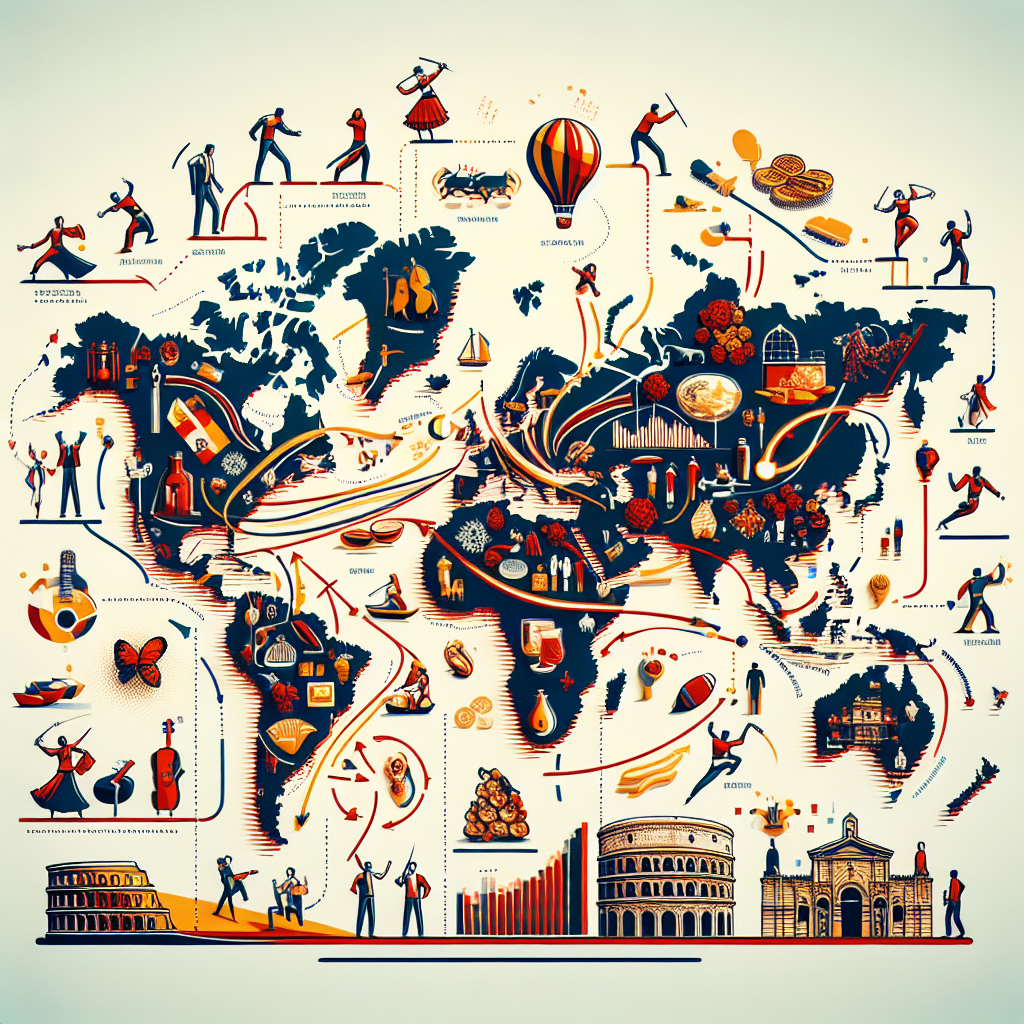When we think of Spanish influence around the globe, we often focus on the language and culture that have spread far beyond Spain’s borders. From the bustling streets of Buenos Aires to the colorful markets of Mexico City, Spanish has become one of the most widely spoken languages in the world. But how has this linguistic and cultural influence shaped population distribution in different parts of the world?
Looking back at history, we can see how Spanish explorers and colonizers traveled to various parts of the world, bringing their language and customs with them. This colonization led to significant demographic shifts as native populations were assimilated into Spanish culture or displaced altogether. Today, we can still see traces of this history in countries like Peru, where indigenous languages are spoken alongside Spanish.
But it’s not just history that shapes population distribution – it’s also the vibrant culture that continues to thrive in Spanish-speaking countries. From flamenco dancing in Spain to tango in Argentina, these cultural traditions attract people from all over the world who want to experience a taste of Spanish life. As a result, cities like Madrid and Barcelona have become popular destinations for tourists and expats alike.
Looking towards the future, it’s clear that Spanish influence will continue to play a significant role in shaping population distribution around the globe. As more people learn Spanish as a second language and seek out opportunities in Spanish-speaking countries, we can expect to see even greater diversity in these regions.
In conclusion, Spanish influence is a powerful force that has shaped population distribution throughout history and will continue to do so in the future. By embracing the language and culture of Spain, people around the world can connect with each other and create a more interconnected global community.
